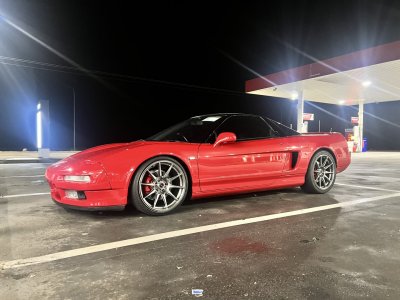As noted by MotorMouth93, the barometric pressure sensor is inside the ECU. It is functionally similar to the MAP sensor; but, its purpose is to correct the fuel pulse width calculation for changes in atmospheric pressure. Atmospheric pressure changes the volumetric efficiency of the engine so they add a correction to the fuel pulse width calculation to do this (different ECUs may do this slightly differently).
I will speculate that the base fuel maps in the NSX are likely based upon operation at sea level atmospheric pressure. Since you are in Perth which is nominally at sea level, non operation of the sensor may have no material impact on the operation of the engine as long as the sensor failure mode does not migrate to shorting something out or you don't go driving at higher altitudes. Also, the atmospheric correction is most important during start up and high engine loads when the engine is in open loop. During closed loop engine operation O2 feedback may deal with the required fuel correction just fine; but, it may cause higher fuel trims which then may trigger a CEL for that at some future point. Again, you being at sea level may mean that this is all a non-factor.
As noted, if the barro sensor has gone bad you will have to open the ECU cover and get eyes on it. If you can get a part number off of the sensor it may still be current or have a modern equivalent and by doing a Google search on the part number you may be able to find a replacement form someone like Digikey, Mouser or Allied Electronics. Otherwise, it's find a suitable donor from some salvaged ECU.
Now this is where things get weird. I highlighted if in the previous paragraph because the problem may not be the barro sensor. If you look at the trouble shooting procedure for the barro sensor in the service manual it talks about the connection to the TCS control unit and that one of the fixes for the 13 error code is replacement of the TCS control unit, the others are replacement of the ECU or repair of a wiring short. Given that you also have a DTC for the TCS unit you may have a common problem that is not the barro sensor itself. I have not sat down with the wiring schematics to figure out what this odd commonality is between the two. I do know that there is a serial data line from the TCS to the ECU; but, this does not appear to involve that interconnection. I recommend that you get a copy of the service manual and go through the test procedure for the barro correction (Honda calls it atmospheric pressure ) to see if you can figure out where the problem. You might be incredibly lucky and it is just an external wiring short on terminal D5.
Since barro correction for you is probably a non issue, you can probably ignore the problem in terms of engine operation as long as you stick around sea level. However, this involves disconnecting the CEL if you don't want it on all the time. The problem with that is that when a future problem does emerge you won't get a CEL warning.
Always been a fan of the original red with black roof. Looks very shiney!









